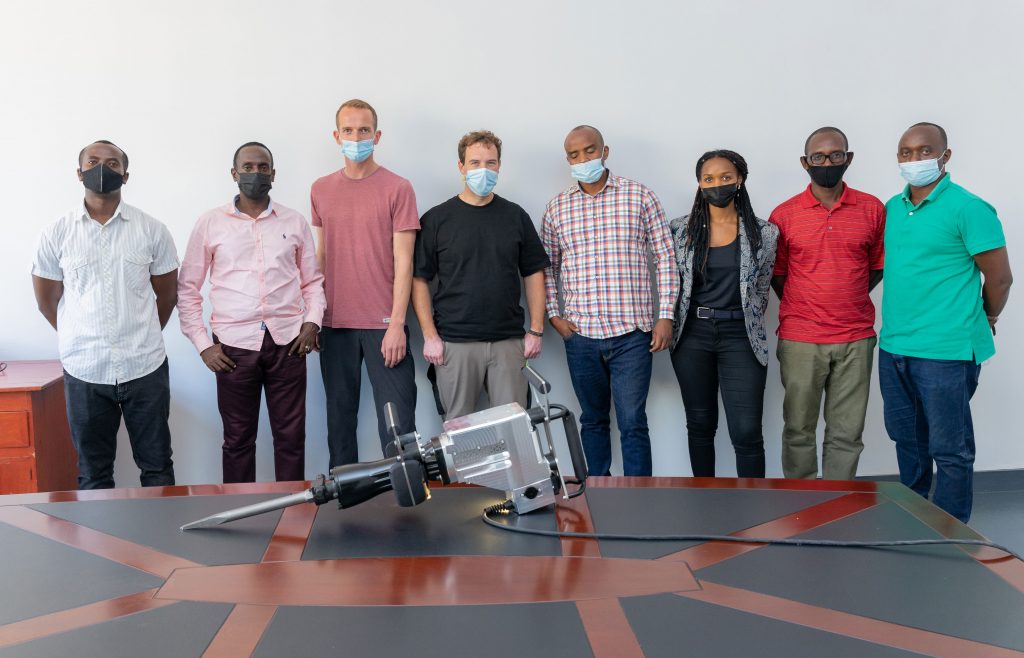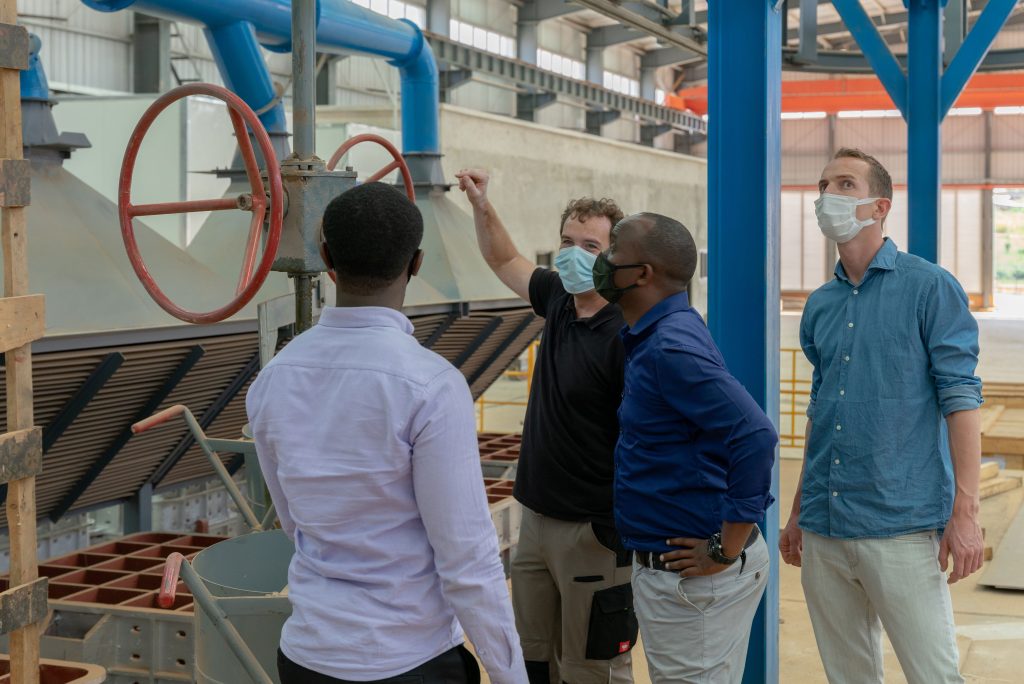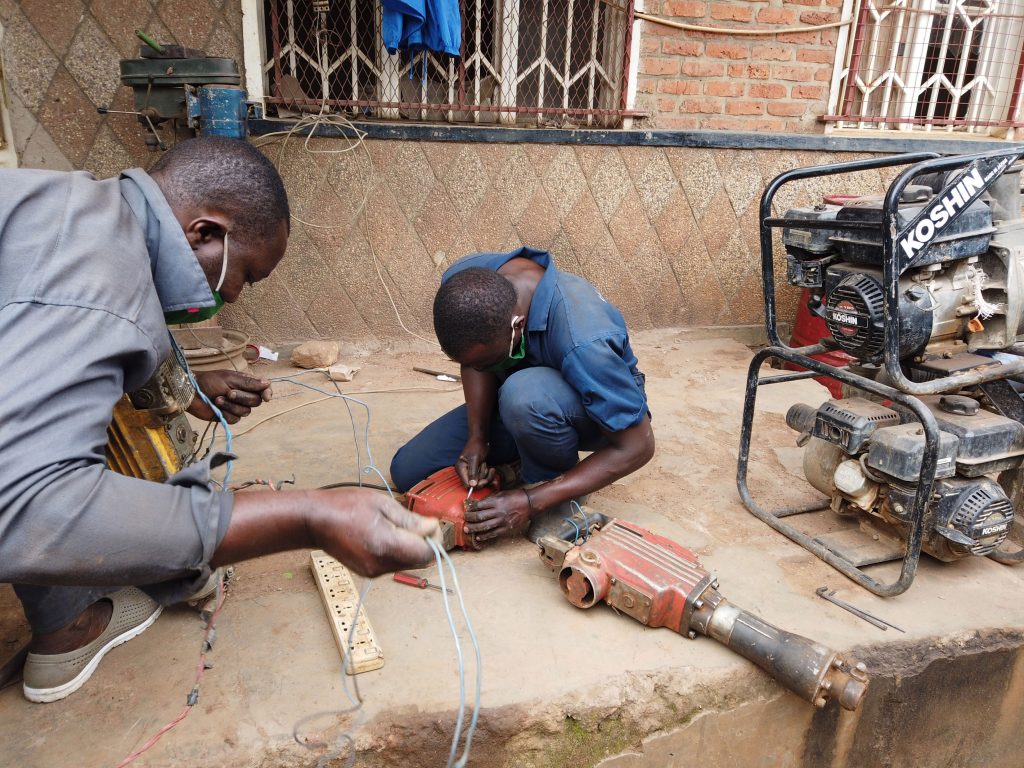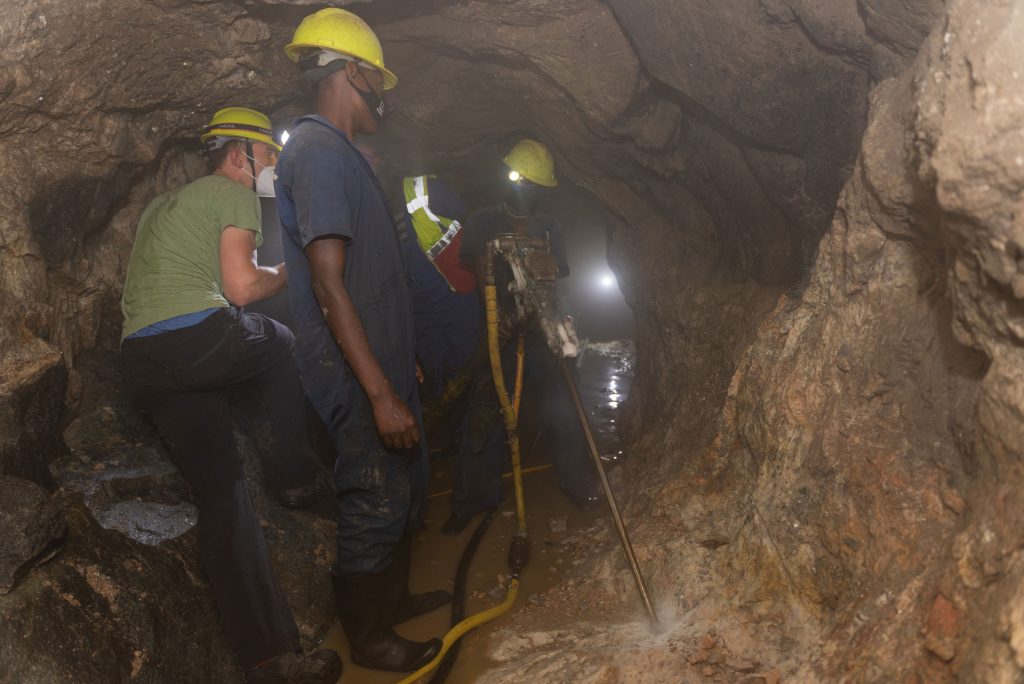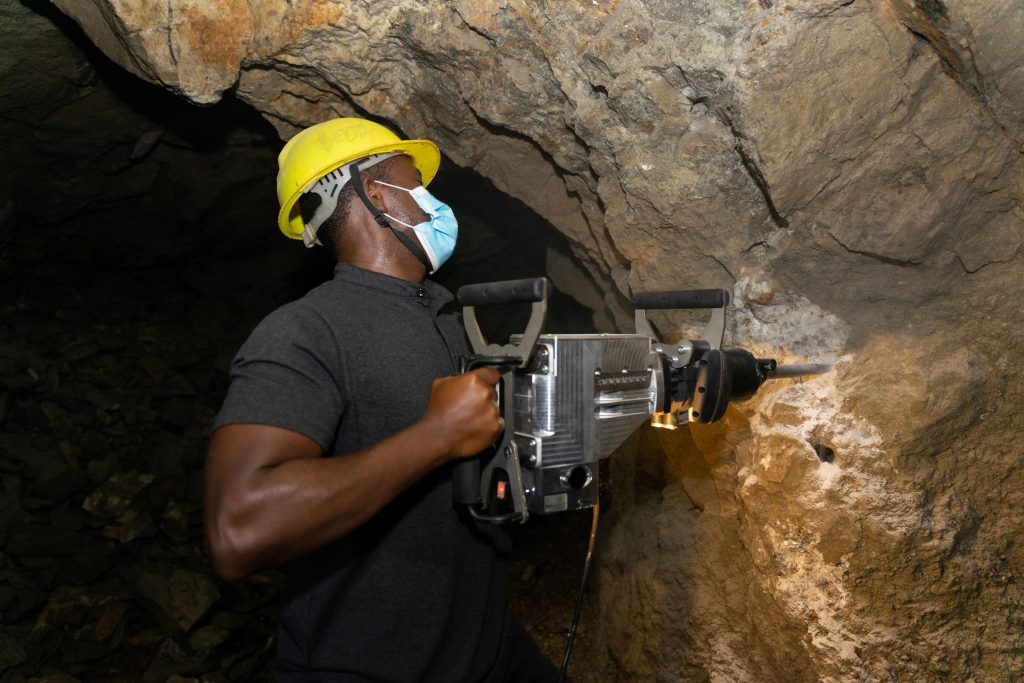From Germany to Rwanda: Building Tools That Survive the Harshest Conditions
The Problem
Rwandan mines face significant operational challenges having to rely on budget-grade jackhammers, which suffer from high failure rates due to inferior material quality. When equipment malfunctions, workers must salvage usable components and attempt repairs with inadequate tools, impacting productivity and safety.
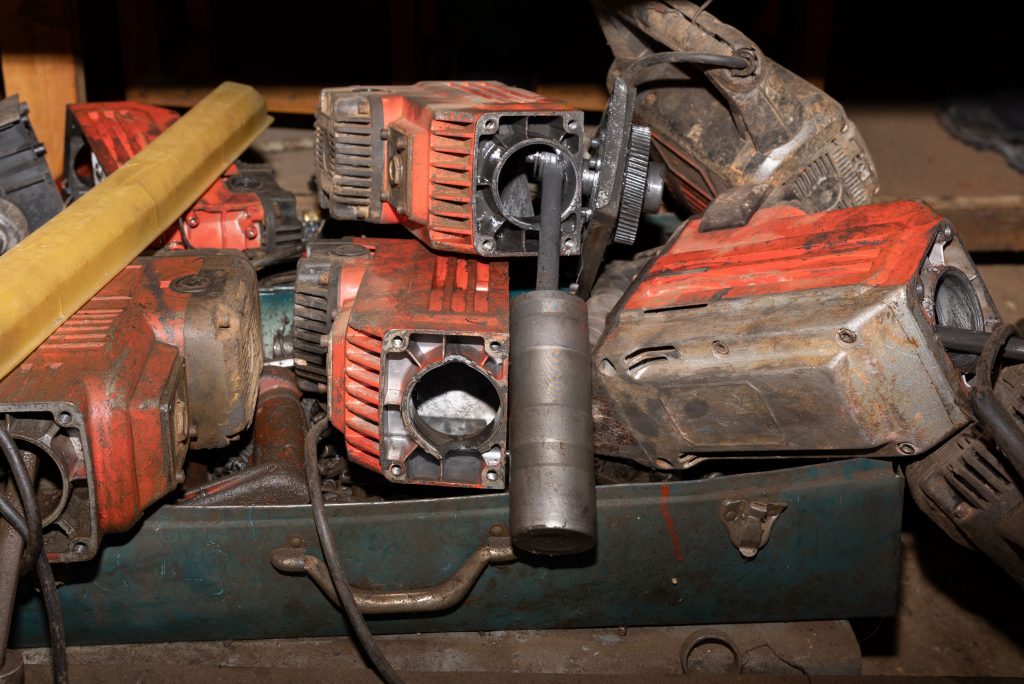
The Assessment
Understanding the problem required more than conference calls and PowerPoint presentations – it demanded boots on the ground. Our engineers traveled to Rwanda and descended into the mines to experience the conditions firsthand. We worked directly with miners, conducting workshops on-site rather than in conference rooms. This immersive approach allowed us to observe real operating conditions, gather authentic user feedback, and identify the true performance requirements that would drive our design solutions.
The Design Challenge
The objective extended beyond simply engineering a superior jackhammer. We needed to develop a solution that local miners could reproduce and maintain independently using available resources. This required prioritizing simplicity, robustness, and practicality over complexity. Following our initial site visit, we returned multiple times to refine requirements until our design aligned perfectly with the realities on the ground.

The Engineering
Development continued at our German facility with a critical constraint: Whatever we built had to work in Rwanda with the resources available there.
We tested concepts, benchmarked against existing tools, and constantly validated against field conditions. This experience reinforced an important lesson – engineering solutions that seem straightforward in advanced facilities can prove impossible to implement in resource-constrained environments.
Knowledge Transfer
Throughout the process, we prioritized knowledge sharing and direct involvement of local miners and mechanics. A pivotal milestone involved training them to disassemble and reassemble the improved design. Their resourcefulness and technical skill with limited tooling proved remarkable – they could solve problems that would challenge even well-equipped workshops.

Local Manufacturing
Equally important was enabling local production.
We collaborated closely to identify which components could realistically be manufactured in Rwanda and established pathways for sustainable local production.
Our goal was never simply to deliver a product, but to transfer the knowledge and capability for long-term maintenance and improvement
The Final Test
The ultimate test occurred in the mines.
Working alongside the operators, we validated the new design under actual working conditions.
Beyond technical performance metrics, the project demonstrated what genuine collaboration can achieve.
The visible satisfaction among all participants made it clear: the effort was worth it.
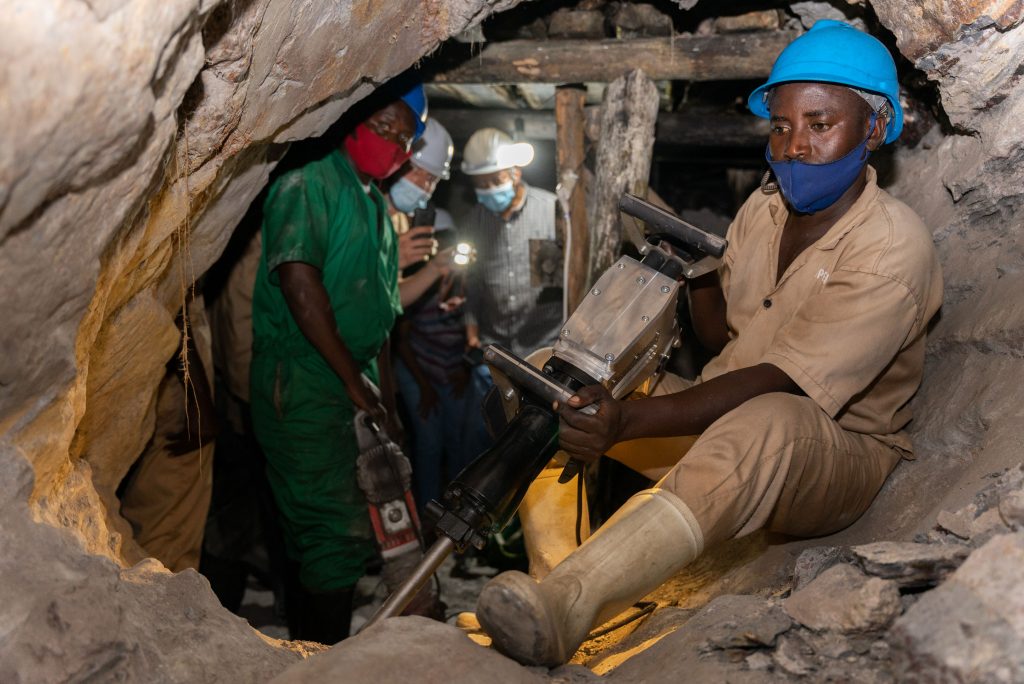
Lessons Learned
This wasn’t a case study in disruptive innovation or breakthrough technology. It was something more valuable: real improvements, discovered only by rolling up our sleeves and solving problems in real-world conditions.
We’re deeply grateful to Rwanda’s mining community for their partnership, patience, and invaluable expertise throughout this journey.
The project reinforced core engineering principles that transcend any specific industry: the best solutions come from genuine listening, honest assessment of constraints, and deep respect for end-user knowledge. True innovation often requires getting your hands dirty and working alongside the people who will ultimately use what you create.
